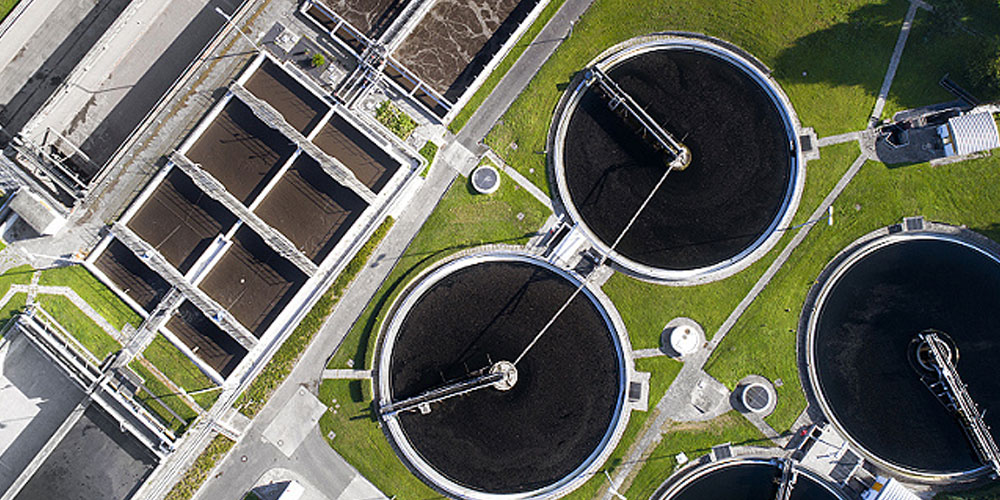Poly Aluminum Chloride (PAC) is a chemical compound that is widely used in the treatment of water and wastewater due to its effectiveness in removing contaminants. Its mechanism of action involves several key steps that contribute to the purification of water.
Firstly, PAC acts as a coagulant in water treatment processes. Coagulation is the process of destabilizing colloidal particles and suspensions in water, causing them to clump together and form larger particles called flocs. PAC achieves this by neutralizing the negative charges on the surface of colloidal particles, which allows them to come together and form flocs through a process called charge neutralization. These flocs are then easier to remove through subsequent filtration processes.
The formation of flocs is crucial for the removal of various contaminants from water. PAC effectively removes suspended solids, such as particles of clay, silt, and organic matter, by incorporating them into the flocs. These suspended solids can contribute to turbidity in water, making it appear cloudy or murky. By agglomerating these particles into larger flocs, PAC facilitates their removal during sedimentation and filtration processes, resulting in clearer water.
Furthermore, PAC aids in the removal of dissolved organic substances and color-causing compounds from water. Dissolved organic matter, such as humic and fulvic acids, can impart unpleasant tastes and odors to water and may react with disinfectants to form harmful disinfection by-products. PAC helps to coagulate and adsorb these organic compounds onto the surface of the formed flocs, thereby reducing their concentration in the treated water.
In addition to organic matter, PAC can also effectively remove various inorganic contaminants from water. These contaminants may include heavy metals, such as arsenic, lead, and chromium, as well as certain anions like phosphate and fluoride. PAC functions by forming insoluble metal hydroxide precipitates or by adsorbing metal ions onto its surface, thereby reducing their concentration in the treated water to levels that meet regulatory standards.
Moreover, PAC exhibits advantages over other coagulants commonly used in water treatment, such as aluminum sulfate (alum). Unlike alum, PAC does not significantly alter the pH of water during the coagulation process, which helps to minimize the need for pH adjustment chemicals and reduces the overall cost of treatment. Additionally, PAC produces fewer sludges compared to alum, leading to lower disposal costs and environmental impacts.
Overall, Poly Aluminum Chloride (PAC) is a highly efficient coagulant that plays a crucial role in the removal of various contaminants from water. Its ability to promote coagulation, flocculation, sedimentation, and adsorption processes makes it an essential component in water treatment systems worldwide. By facilitating the removal of suspended solids, dissolved organic matter, color-causing compounds, and inorganic contaminants, PAC helps to produce clean, clear, and safe drinking water that meets regulatory standards. Its cost-effectiveness, ease of use, and minimal impact on water pH make it a preferred choice for water treatment plants seeking reliable and sustainable solutions for water purification.
Post time: Mar-18-2024


